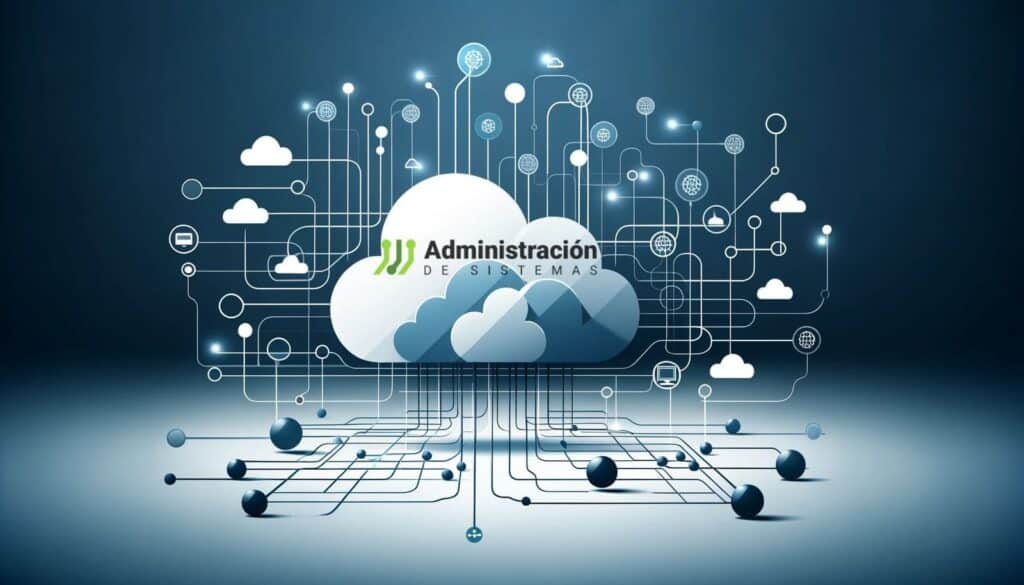Cloud adoption among Spanish small and medium-sized enterprises (SMEs) is not only accelerating but evolving in purpose and scope. According to the second edition of the Cloud & SME Observatory 2025 published by cloud platform Jotelulu, the adoption of cloud services by SMEs in Spain grew by 110% in 2024 alone, driven by a clear focus on infrastructure centralization, operational continuity, and the need for secure, scalable remote environments.
The report combines the analysis of 5,489 businesses over a four-year period (2020–2024) with insights drawn from over 350 interviews with IT professionals, including CEOs, CTOs and MSPs across Spain.
From digital transformation to operational continuity
The key takeaway is this: SMEs are no longer approaching the cloud solely for digital transformation. Instead, they’re prioritizing continuity, security, and centralized infrastructure management. The cloud is being adopted as a practical tool to sustain and protect core operations—not just as a buzzword.
The report highlights the most in-demand services:
- Infrastructure-as-a-Service (IaaS): virtual servers, remote desktops, firewalls.
- Platform-as-a-Service (PaaS): for managing user environments and centralized configurations.
- Business continuity and backup services: both on-site and cloud-based DR.
- Secure collaborative storage with versioning and controlled access.
- Software licensing-as-a-service, mainly for productivity and collaboration tools.
An impressive 61% of SMEs using cloud services now rely on cloud infrastructure to support their entire IT environment, reflecting a shift toward full operational offloading—where setup, lifecycle management and base-layer security are all handled in the cloud.
Distributed infrastructure: remote desktops and controlled access
The rise of hybrid and remote work models is a major catalyst. Remote accessibility is cited as the top driver for cloud migration (56.6%), ahead of cost reduction or scalability.
This trend has led to the widespread implementation of remote desktop environments (DaaS) using Windows RDS, often paired with:
- Multi-factor authentication (MFA),
- Centralized backup and restore systems,
- Role-based access control and
- Integration with Microsoft Active Directory or Azure AD.
IT teams are increasingly expected to provide secure, persistent and manageable user sessions, with minimal latency and a high level of traceability.
Security and continuity take center stage
Cloud demand related to security and business continuity increased by 9.3% over the previous year—an indicator that risk management is becoming a budget priority.
The most common services now include:
- Virtualized firewalls with external management consoles,
- Endpoint protection with central policy control,
- Cloud-based backup systems with versioning and granular recovery,
- Cloud-native monitoring and logging tools, often integrated with ticketing systems.
Security is no longer a checkbox—it’s a decision-making factor. 38.4% of surveyed IT managers now place data protection among their top three reasons for migrating to the cloud.
Channel IT remains the enabler
An overwhelming 88% of SMEs that adopted cloud services in 2024 did so through a trusted IT provider or MSP. The report stresses the critical role of channel partners and system administrators in:
- Sizing infrastructure,
- Selecting cloud providers,
- Ensuring proper migration,
- Managing change, and
- Delivering long-term support.
In this environment, administrators are no longer just operators—they’re cloud architects and security coordinators, directly influencing the resilience and efficiency of the company.
Persistent barriers: price perception, knowledge gaps and risk aversion
Despite the growth, 59% of tech professionals still consider cloud penetration in SMEs low or very low. The main barriers include:
- Cost perception: Cloud is still seen as expensive, especially among microenterprises.
- Lack of in-house expertise: Many businesses don’t know how to evaluate providers or services.
- Resistance to change: Especially in firms with legacy infrastructure or conservative leadership.
- Security skepticism: Mistrust about where the data resides and how it’s managed.
Eurostat figures from 2023 confirm this: only 26% of Spanish small businesses and just 8% of microbusinesses were using cloud services—well below the European average of 45%.
SMEs no longer “migrate to the cloud”—they build on it
Jotelulu’s report outlines that SMEs are no longer just dipping their toes into the cloud—they’re rebuilding key parts of their infrastructure on top of it. This shift is being reinforced by trends such as:
- The rise of AI-driven workloads,
- Growing demands for zero-trust environments,
- The need for resilient systems against ransomware and service disruptions.
And it’s the system administrator or MSP who ensures that this transition is secure, optimized and compliant.
Conclusion
Cloud adoption is no longer a theoretical conversation for Spanish SMEs. With a 110% growth rate in 2024, the cloud is now embedded in daily business operations—particularly for companies looking to modernize access, secure endpoints, and ensure continuity in unpredictable scenarios.
But if the cloud is now mainstream, the next step is critical: bridging the cultural and technical gap that still keeps a large part of the SME market underserved. And that’s where systems administrators, cloud engineers and IT integrators play a strategic role—not just in deploying services, but in building trust, translating value and driving outcomes.
Source: Noticias Cloud

